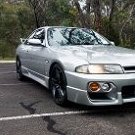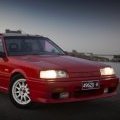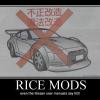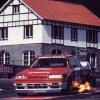list of R33 gtst parts
Announcements
-
Similar Content
-
Latest Posts
-
I can't speak from experience, but the best thing I did on my BMW Active Tourer (screen wise) was to buy a Linux screen off aliexpress and replace the standard unit. Perhaps you can look into those options?
-
I bought a BM57 in a sealed Nissan box off someone from here a few years ago, was like $500 so not that expensive.
-
IMO: if you really want to keep the VQ, supercharge it. Otherwise, VR38DETT/VR30DETT conversion, or sell for a better base car. Or go wild with a V8 turbo conversion, or a Hartley V12...







Recommended Posts
Create an account or sign in to comment
You need to be a member in order to leave a comment
Create an account
Sign up for a new account in our community. It's easy!
Register a new accountSign in
Already have an account? Sign in here.
Sign In Now